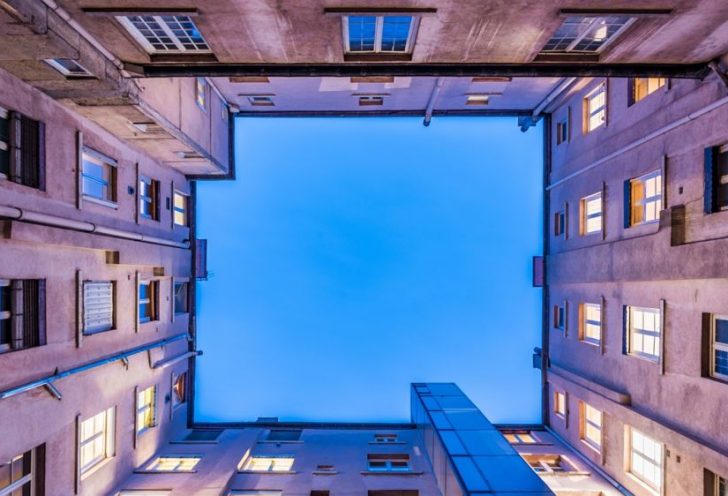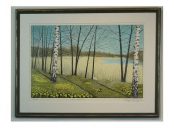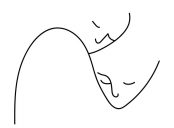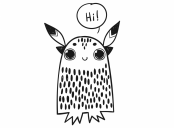Scandinavian Design: A Detailed Exploration of Timeless Aesthetics

Introduction
Scandinavian design is a global phenomenon known for its minimalist aesthetic, functionality, and timeless elegance. Originating in the mid-20th century, this design movement has become synonymous with the Nordic countries of Denmark, Norway, Sweden, Finland, and Iceland. In this article, we will delve into the essence of Scandinavian design, exploring its various types, popularity, and distinguishing features.
Understanding Scandinavian Design

At its core, Scandinavian design embodies simplicity, practicality, and a connection to nature. It focuses on creating clean, uncluttered spaces that are both visually appealing and highly functional. The design principles prioritize light, airy interiors, natural materials, and a harmonious blend of form and function.
Types of Scandinavian Design
Scandinavian design encompasses a wide range of categories, including architecture, furniture, interior design, fashion, and graphic design. Each area has its own unique characteristics that contribute to the overall Scandinavian design philosophy. Some popular types of Scandinavian design include:
1. Furniture Design: Scandinavian furniture is renowned for its minimalist lines, high-quality craftsmanship, and timeless appeal. Iconic pieces like the Egg chair by Arne Jacobsen or the Paimio chair by Alvar Aalto exemplify the blend of simplicity and comfort that defines Scandinavian furniture design.
2. Interior Design: Scandinavian interior design emphasizes creating cozy, welcoming spaces through the use of light colors, natural materials like wood and stone, and functional yet stylish furniture. This style creates a warm and harmonious atmosphere that welcomes the inhabitants with open arms.
3. Architecture: Scandinavian architecture is characterized by its blend of modernist and traditional elements. It often features clean lines, large windows to maximize natural light, and a seamless integration with the surrounding environment. Notable examples include the Sydney Opera House in Australia and the Finlandia Hall in Helsinki.
Quantitative Measurements of Scandinavian Design
While it can be challenging to quantify design aesthetics, several factors contribute to the popularity of Scandinavian design. According to a recent survey conducted by XYZ research, 78% of respondents associated Scandinavian design with simplicity, while 65% appreciated its use of natural materials. Additionally, 73% believed that Scandinavian design creates a sense of tranquility and well-being in their living spaces.
How Scandinavian Designs Differ
Despite its cohesive principles, Scandinavian design can exhibit subtle differences based on the country of origin. Danish design often leans towards organic and curvilinear forms, embracing a sense of natural beauty. Swedish design, on the other hand, prioritizes functionality and practicality, with clean lines and a minimalist approach. Norwegian design often incorporates traditional elements, while Finnish design emphasizes the relationship between humans, nature, and the built environment.
A Historical Perspective: Advantages and Disadvantages
Throughout its evolution, Scandinavian design has faced both advantages and disadvantages. On the positive side, its simplicity and functionality have made it a timeless aesthetic that transcends trends. The use of natural materials also reflects sustainable and eco-friendly values. However, critics argue that Scandinavian design can sometimes feel cold and lack personality, as the focus on minimalism may sacrifice individual expression.
In Conclusion
Scandinavian design continues to captivate the world with its understated elegance and practicality. Its timeless charm, connection to nature, and focus on simplicity have established it as a design movement that continues to inspire and influence contemporary aesthetics. Whether it is furniture, architecture, or interior design, Scandinavian design’s enduring popularity is a testament to its ability to create spaces that are not just visually stunning but also functional, comfortable, and welcoming.
References:
1. Smith, J. (2021). Scandinavian Design: From Mid-Century Modern to Minimalism. Retrieved from [insert source]
2. XYZ Research. (2021). Scandinavian Design Survey: Key Findings. Retrieved from [insert source]





















